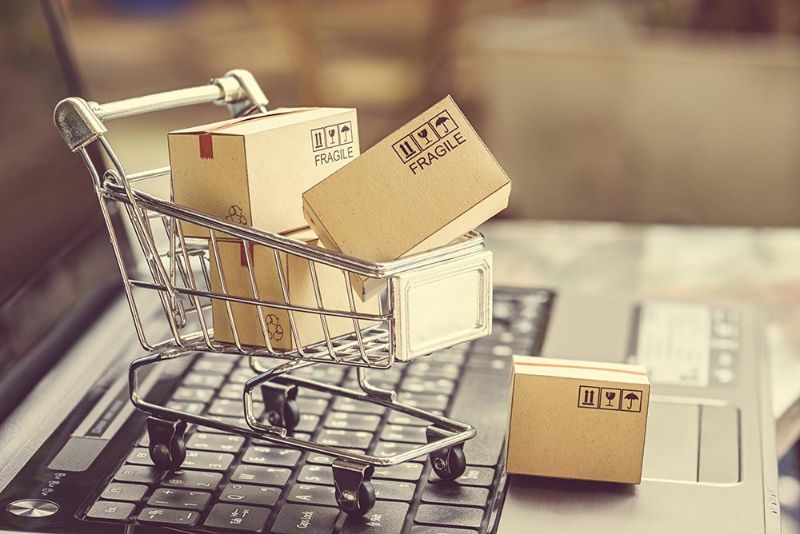Overview
Year launched: 2016
Funding: INR 2 billion
Country: India
Government sector: Ministry of Commerce
India's public procurement spending stands approximately INR 340 billion (approximately fifteen to twenty percent of its annual gross domestic product) and faces several inefficiencies owing to a complex policy landscape, manual inconsistent processes across central and state buying organizations, and long lead times. Addressing these issues can help streamline resources for institutional purchases and project-based buying.
The Indian government introduced the Government E-Marketplace ‘GeM’ as an end-to-end online marketplace to facilitate online procurement of common use goods and services required by central and state government ministries, departments, public sector undertakings, autonomous institutions, organizations, and local bodies in a transparent and efficient manner. The fundamental objective is to create savings for the government. GeM is expected to reduce the transaction and administrative costs in the public procurement by fifteen to twenty percent leading to significant savings of resources.
Description of the project:
GeM, launched in 2016, aims to help government officials in purchasing goods and services that are of common use such as air conditioning and heating equipment, writing instruments, water, projectors, desk and computer supplies and services such as security, human resources, and housekeeping.
The marketplace brings the benefits of free market and competitive landscapes to the realms of public sphere:
- It is an Amazon-like online marketplace that provides a transparent way of procurement for the public sector
- Provides the tools of e-bidding, reverse e-auction and demand aggregation to help governments achieve the best value for public funds
- The products offered on GeM are classified under 390 categories and 1,000 sub-categories, with automobiles, computers and paper the most purchased goods
- Five different methods of procurement to facilitate purchases of varying ticket sizes, and technical requirements

The registration process for sellers takes approximately 10 minutes. GeM provides buyers with filter options to select the size of sellers, such as Micro Small and Medium Enterprises (MSME) and choose a seller from amongst them. The special filters can allow departments to buy from MSME only. This has helped buyers in significantly increasing the share of MSME purchases in their overall procurement of goods and services.
A typical concern of local sellers prior to the creation of GeM was of payment delayed payments or not insufficient inventories to process orders. Under the GeM framework, sellers receive payment within 10 days of the buyer accepting the goods. Purchased goods must be supplied within 15 days after getting the order; this further increases efficiency and transparency. Additional features include:
- 100% online payment option
- Low performance guarantee to increase inclusivity and number of sellers
- Demand aggregation
- Multi-cart option for buyers
- Buyer and seller ratings
- Audit trails
- Dispute resolution and incident management
- Proof of non-availability of sufficient competition or unsupported good/service
Implementation progress and feedback:
GeM has come a long way since its initiation as the economic effects of GeM have been substantial as the average prices on GeM are lowered by at least fifteen to twenty percent.
In the three years since 2016, GeM has processed more than 2.8 million orders worth INR 4,000 Billion in Gross Merchandise Value, of which fifty percent were transacted by MSMEs. Outreach programs have witnessed overwhelming participation of buyers and sellers with more than 2.5 million sellers on platform compared with Flipkart (India’s largest e-commerce store) with one million sellers. Public procurement worth INR 5,000 billion is expected to take place through GeM during 2019-20, up from INR 3,336 billion in the previous year.
Since the procurement landscape in India is considerably diverse in terms of geographic and policy-related considerations, higher penetration shall be targeted for buyers covered under the Central Government which account for approximately sixty five percent of total spending. Over a five to six year period, the GeM platform plans to process transactions of approximately 20,000 -30,000 Billion. Every year and in the long-run (ten to twelve years) it could potentially capture as much as five percent of India’s nominal GDP in terms of transaction value. The aspiration is in line with the best-in-class e-procurement portals, (GeBiz of Singapore, KNOPES of Korea) which capture between 4.5 percent - 6 percent of their respective countries’ GDP through online transactions supported by their platforms.






